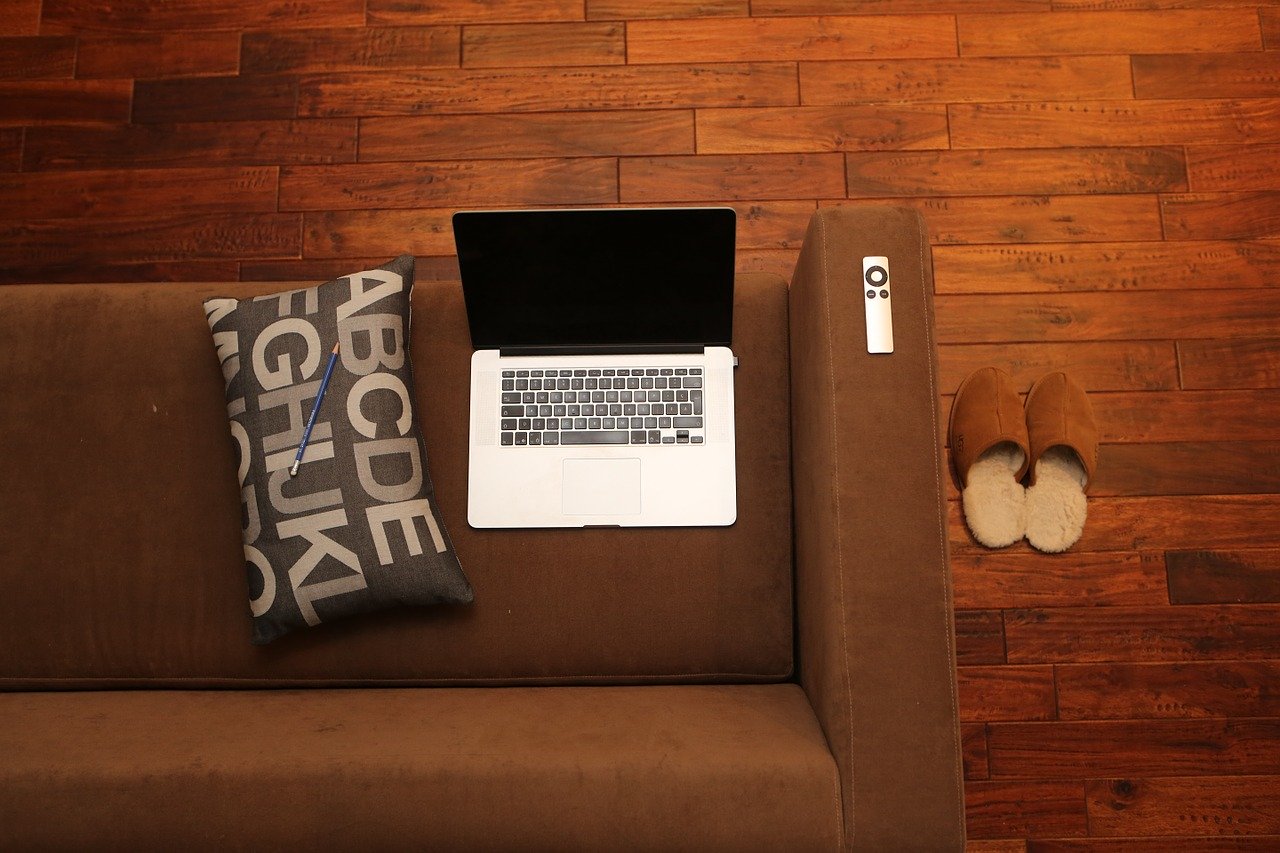As with the installation of floors made of other materials whose basic raw material is wood (decking, parquet flooring, laminate flooring, etc.), it is necessary to leave a distance from the floor surface to the walls of the room. This distance provides a place to gather and spread the floor due to temperature differences and humidity conditions, thus preventing the floor from rising. Designer Deck is a place where you can find everything you want to know about floors. It is a place that can provide you with the right type of flooring for your outdoor needs and help you choose what’s right for you.
OSB panels laid on the floor
For OSB panels, a minimum of 12mm of clearance between the panels and the wall is recommended (this distance is later closed by the slats).
OSB boards can play the role of a substructure over which layers of flooring will be laid. For example. they can be installed over the ceiling beams and then sound insulation (mineral wool, XPS – styrodur, etc.) and then the final layer of the floor (decking, laminate, etc.).
When no more layers go over the boards but should themselves play the role of a wooden floor, then those with a groove should be used (so that no cavities of 3mm between the boards remain in the floor).

The boards can be additionally (besides nailing) and glued to the wooden substructure of the floor (ceiling beams or wooden beams on the concrete slab), and care should be taken that the joints of the two slabs go over the substructure so that the edges of the slabs can be nailed with nails (45-75mm). every 15cm along the edges of the boards. Elsewhere the board should be nailed to the substructure every 30cm.
Placing OSB boards on the floor
Gluing of grooves is necessary when installing floating floors of OSB boards – ie. when there is no attachment of the substructure panels but they are placed on a sound (thermal) insulation layer. The adhesive then holds the boards bonded to each other, and care must also be taken to keep distance from the walls of the room.
In the US, OSB boards are also used as a lower lining for homes separated by about 1m from the wooden poles. Then it is necessary to pay attention to moisture and to select panels with increased resistance, and it is also necessary to install an air membrane to prevent the penetration of wind into the building.
It is also possible to use OSB panels as a roof structure for flat roofs (slopes 2-8%), especially utility buildings, garages and so on. Although it is mandatory to install waterproofing over them, it is necessary to leave openings in the panel to prevent water retention and damage to the structure in case of water leakage.

